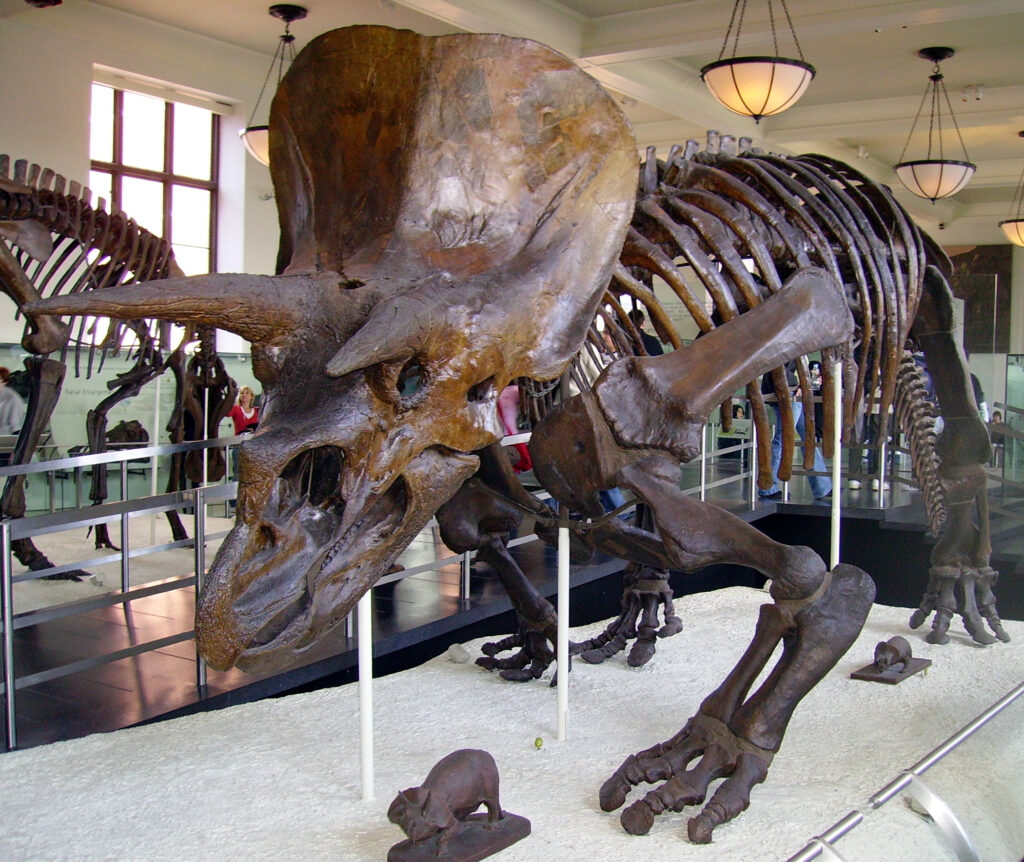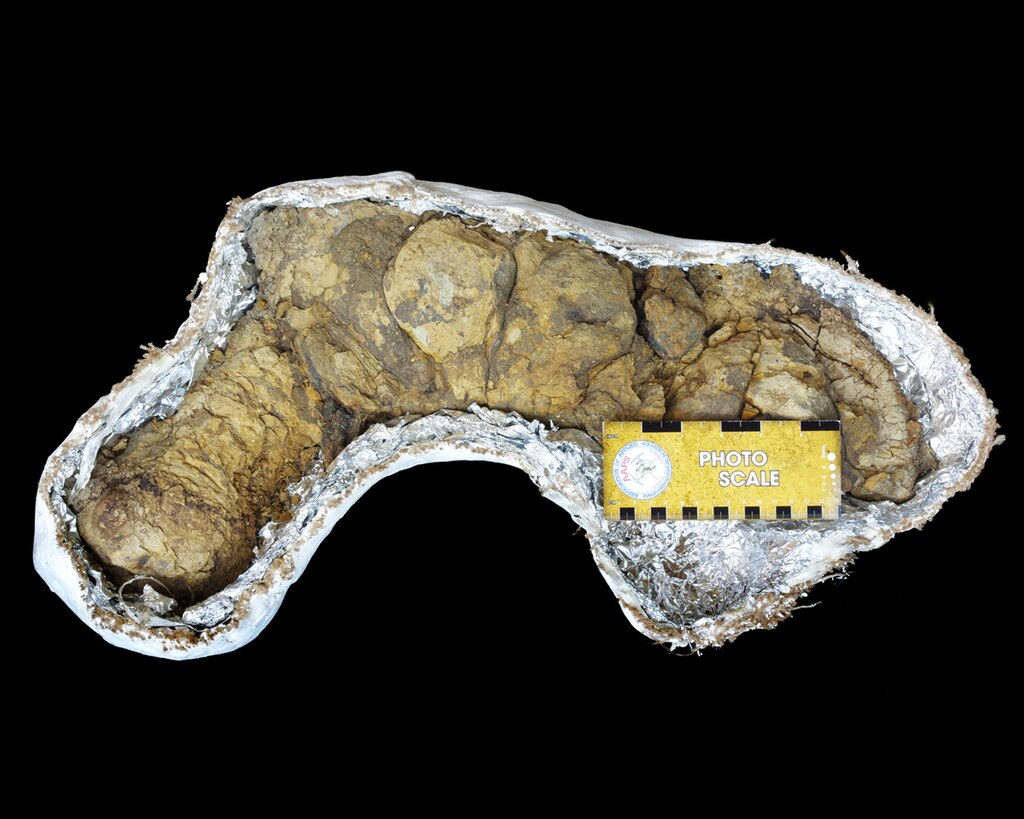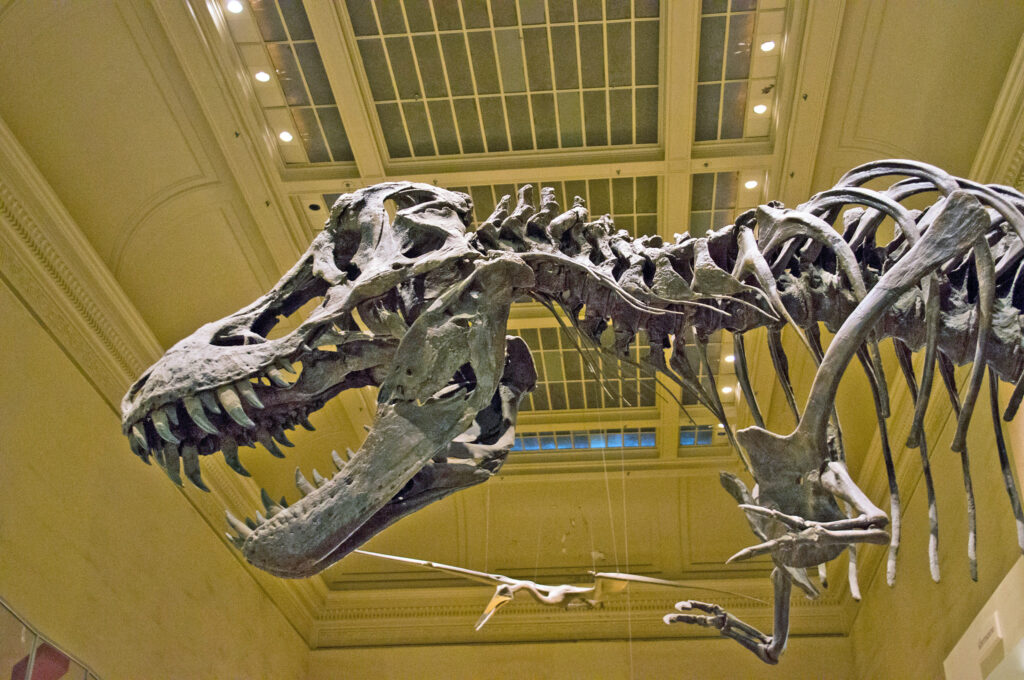Imagine a creature the size of a school bus, weighing as much as three elephants, yet possessing no teeth at all. Instead, it sports a massive, razor-sharp beak capable of slicing through the toughest plant material with surgical precision. This isn’t science fiction – this was the reality of some of Earth’s most fascinating prehistoric giants. While most people picture dinosaurs as fearsome predators with rows of deadly teeth, an entire group of these ancient beasts evolved something far more sophisticated: specialized beaks that could outperform any dental arrangement nature had ever created.
The Evolutionary Marvel of Beak Development
The transition from teeth to beaks represents one of evolution’s most remarkable adaptations in dinosaur history. This transformation didn’t happen overnight but occurred over millions of years through countless generations of gradual change. Scientists believe this evolution was driven by specific dietary needs and environmental pressures that made beaks more advantageous than traditional teeth. The process involved the gradual reduction of teeth while simultaneously developing stronger jaw muscles and more robust skull structures to support powerful beaks. This evolutionary pathway demonstrates nature’s incredible ability to find innovative solutions to survival challenges.
Ornithomimus: The Original Ostrich Mimic
Ornithomimus, whose name literally means “bird mimic,” was one of the first toothless dinosaurs to capture scientists’ attention. This dinosaur looked remarkably similar to modern ostriches, standing about 12 feet tall with long, powerful legs built for speed. Its beak was perfectly designed for an omnivorous lifestyle, allowing it to pluck fruits, snap up small animals, and strip leaves from branches with equal ease. The dinosaur’s lightweight build and aerodynamic shape made it one of the fastest creatures of its time, capable of outrunning most predators. Ornithomimus lived during the Late Cretaceous period, roughly 70 million years ago, across what is now North America.
Therizinosaurus: The Gentle Giant With Massive Claws
Despite its terrifying appearance and enormous size, Therizinosaurus was actually a peaceful plant-eater with a small, delicate beak. This dinosaur could grow up to 16 feet tall and weigh as much as 5 tons, making it one of the largest beaked dinosaurs ever discovered. Its most distinctive features were its massive claws, which could reach over 3 feet in length – not for hunting prey, but for pulling down high branches and stripping vegetation. The contrast between its intimidating claws and gentle feeding habits makes Therizinosaurus one of the most misunderstood dinosaurs in paleontology. Its small beak was perfectly adapted for selective feeding, allowing it to choose the most nutritious parts of plants while avoiding tougher, less digestible materials.
Oviraptor: The Misunderstood Egg-Lover
Oviraptor’s story is one of paleontology’s greatest case studies in jumping to conclusions. Originally discovered near a nest of eggs, scientists initially believed this dinosaur was an egg thief, hence its name meaning “egg seizer.” However, later discoveries revealed that Oviraptor was actually protecting its own eggs, not stealing them from other dinosaurs. Its powerful, parrot-like beak was designed for cracking open hard objects – not necessarily eggs, but tough nuts, seeds, and shellfish. The dinosaur’s jaw structure suggests it had an incredibly strong bite force, capable of crushing objects that would challenge even modern nutcrackers. This revelation completely changed our understanding of Oviraptor’s behavior and diet, transforming it from a villainous egg thief into a devoted parent.
Triceratops: The Three-Horned Lawn Mower
While Triceratops is famous for its three distinctive horns and massive frill, its beak-like mouth was equally impressive and far more important for daily survival. This dinosaur’s beak functioned like a precision cutting tool, perfectly designed for slicing through tough, fibrous plant material that would be impossible for other herbivores to digest. The beak worked in conjunction with hundreds of small teeth located further back in the mouth, creating an efficient processing system that could handle the most challenging vegetation. Triceratops could weigh up to 12 tons and needed to consume hundreds of pounds of plant material daily to maintain its massive bulk. Its beak was so effective that paleontologists believe it could have easily cut through small trees and thick branches.
Carnotaurus: The Horned Meat-Eater Without Teeth
Carnotaurus presents a fascinating paradox in the dinosaur world – a massive predator that relied on a beak rather than teeth for feeding. This dinosaur stood nearly 10 feet tall and could reach speeds of up to 35 miles per hour, making it one of the fastest large predators of its time. Its distinctive devil-like horns above its eyes gave it a fearsome appearance, but its beak tells a different story about its hunting strategy. Rather than tearing flesh with teeth, Carnotaurus likely used its powerful beak to deliver crushing blows to prey, similar to how modern birds of prey hunt. The dinosaur’s lightweight build and powerful legs suggest it was an ambush predator that relied on speed and surprise rather than brute force.
The Incredible Diversity of Beak Shapes
Just as modern birds have developed specialized beaks for different purposes, prehistoric dinosaurs evolved an amazing variety of beak shapes and sizes. Some had thin, needle-like beaks perfect for extracting insects from tree bark, while others developed broad, flat beaks ideal for filtering water and mud for small organisms. Certain species evolved hooked beaks similar to modern eagles, suggesting they were capable hunters despite lacking traditional teeth. The diversity of beak shapes provides valuable insights into the various ecological niches these dinosaurs occupied. Each beak design represents millions of years of fine-tuning for specific survival strategies, demonstrating the incredible adaptability of these ancient creatures.
How Beaks Revolutionized Dinosaur Digestion
The development of beaks fundamentally changed how these dinosaurs processed food, creating new possibilities for survival and growth. Unlike teeth, which could wear down or break, beaks continuously grew throughout the dinosaur’s lifetime, providing a self-maintaining tool that never needed replacement. Many beaked dinosaurs also developed powerful gizzards – muscular stomach chambers filled with stones that helped grind food into digestible particles. This combination of precision cutting with the beak and internal grinding with the gizzard created one of nature’s most efficient food processing systems. The system was so effective that it allowed some species to extract nutrition from plant materials that other dinosaurs couldn’t digest at all.
Social Behaviors and Beak Communication
Recent fossil evidence suggests that many beaked dinosaurs used their distinctive features for more than just feeding – they were also important tools for social communication. Some species had brightly colored beaks that likely played a role in attracting mates or establishing dominance within groups. The size and shape of a dinosaur’s beak may have indicated its health, age, and social status to other members of its species. Paleontologists have found evidence of ritualized combat between some beaked dinosaurs, where they would clash beaks in displays of strength similar to modern birds. These social behaviors add another layer of complexity to our understanding of dinosaur intelligence and community structures.
Nesting and Parental Care Among Beaked Species
Beaked dinosaurs appear to have been among the most dedicated parents in the prehistoric world, with fossil evidence revealing sophisticated nesting behaviors and extended parental care. Many species built elaborate nests and arranged their eggs in careful patterns, using their beaks as delicate tools for precise placement and adjustment. Some fossils show adult dinosaurs sitting on nests in protective positions, similar to modern birds brooding their eggs. The precise control offered by beaks allowed these dinosaurs to manipulate small objects with remarkable accuracy, essential for successful egg incubation and chick care. This level of parental investment suggests these dinosaurs had complex social structures and emotional bonds with their offspring.
The Relationship Between Beaks and Brain Development
The evolution of beaks appears to have coincided with increased brain development in many dinosaur species, suggesting a fascinating connection between tool use and intelligence. Using a beak effectively requires precise coordination, spatial awareness, and problem-solving abilities that demand more sophisticated neural processing than simple biting. Fossil evidence shows that many beaked dinosaurs had proportionally larger brains than their toothed relatives, particularly in areas associated with motor control and sensory processing. This correlation suggests that the development of beaks may have driven evolutionary pressure for increased intelligence and cognitive abilities. The relationship between beak complexity and brain size provides compelling evidence for the evolutionary advantages of specialized feeding tools.
Survival Strategies in Changing Environments
Beaked dinosaurs demonstrated remarkable adaptability when faced with environmental changes, using their versatile feeding tools to exploit new food sources as climates shifted. During periods of volcanic activity or asteroid impacts that altered plant communities, species with flexible beak designs had significant survival advantages over more specialized feeders. Some beaked dinosaurs could switch between different food types – from soft fruits to tough roots – depending on seasonal availability or environmental pressures. This dietary flexibility may explain why some beaked dinosaur lineages survived longer than their toothed counterparts during periods of ecological stress. Their ability to adapt quickly to changing conditions showcases the evolutionary wisdom of developing versatile feeding tools rather than highly specialized ones.
Modern Connections: Beaks in Today’s World
The legacy of prehistoric beaked dinosaurs lives on in modern birds, which represent the direct descendants of these ancient creatures. Today’s birds display an even greater diversity of beak shapes and functions than their dinosaur ancestors, having had an additional 66 million years to perfect these remarkable tools. From the delicate probing beak of a hummingbird to the bone-crushing bill of a cassowary, modern birds showcase the evolutionary potential that began with those first toothless dinosaurs. Scientists continue to study both fossil and living beaked species to understand the biomechanics and evolutionary advantages of these sophisticated feeding tools. The success of modern birds – with over 10,000 species worldwide – serves as testament to the revolutionary impact of beak evolution that began in the age of dinosaurs.
The Final Evolutionary Advantage
The transition from teeth to beaks represents one of evolution’s most successful experiments, providing dinosaurs with tools that were lighter, more versatile, and infinitely renewable compared to traditional dental arrangements. These prehistoric giants proved that sometimes the most innovative solutions come from abandoning old approaches entirely rather than simply improving upon them. Their beaks allowed them to exploit food sources, communicate with their kind, and care for their young in ways that toothed dinosaurs never could. The fact that beaked dinosaurs gave rise to modern birds – the most diverse group of vertebrates on Earth today – demonstrates the profound evolutionary advantages of this remarkable adaptation. What other “obvious” solutions might nature be preparing to abandon in favor of something completely unexpected?



